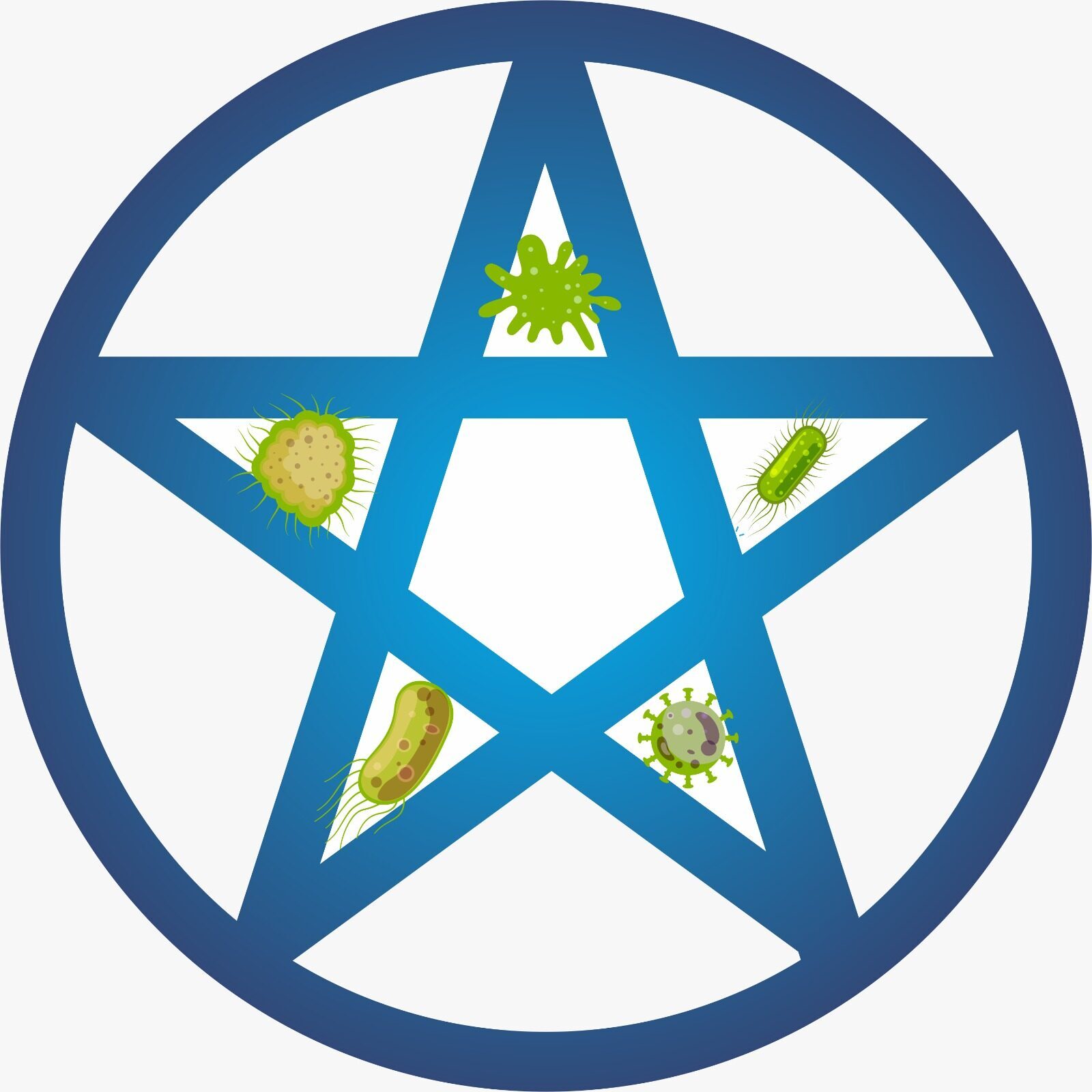Full-Text
Mucormycosis is due to pathogens from order Mucorales and is accompanied by high mortality and morbidity [1]. Its prevalence in India is approximately 70 times higher than that in the world [1]. The major risk factors are diabetes mellitus, hematological malignancy, and solid-organ transplant [1]. In India, patients suffering from post-pulmonary tuberculosis and chronic kidney disease have more threat of mucormycosis [1]. Cutaneous mucormycosis can occur after trauma [1 of lower immunity owing to COVID-19 treatment. Isolated renal mucormycosis in an immune-competent host is unusual in India [1]. Moreover, the most common agent of mucormycosis is Rhizopus arrhizus but Rhizopus homothallicus, Rhizopus microsporus, and Apophysomyces variabilis may contribute to an infection. In contrast, Mucor irregularis, Saksenaea erythrospora, and Thamnostylum lucknowense have been seldom reported [1]. Mononuclear cells, tissue macrophages, neutrophils, platelets, and natural killer cells are important in host defense mechanisms [2]. To add, immune suppression and neutropenia hinder the host defenses and allow fungal growth [2].
Unlike COVID-associated pulmonary aspergillosis, patients acquire invasive mucormycosis through SARS COV-2 (mild to moderate) infections [3]. Hyperglycemia is the strongest predisposing factor in patients with undiagnosed or uncontrolled diabetes [3]. Use of corticosteroids in susceptible hosts enhances the growth of Mucorales [3]. COVID-19 associated mucormycosis can be COVID-19-associated (concomitant) or can occur sequentially weeks or months after recovery (sequential) [3]. Early diagnosis and antifungal as well as surgical therapies for mucormycosis are urgently required for survival of patients [3].
In individuals with early-stage or mild COVID-19 infection, mucormycosis can be prevented by limiting steroid usage [4]. The recommended corticosteroids for hyperimmune stage of coronavirus infection comprise methylprednisolone, predsolone, dexamethasone, and hydrocortisone [5]. In India, rise in mucormycosis cases appears due to diabetes and non-judicious use of corticosteroids to treat COVID-19[4].
The Indian Council of Medical Research (ICMR) guidelines for the hospitalized patients with COVID-19 recommended administration of 0.5–1 mg/kg and 1–2 mg/kg methylprednisolone (two divided doses) for patients with moderate and severe diseases, respectively [6]. According to National Institute of Health (NIH) COVID-19 management guidelines, clinicians should manage the patients with COVID-19 who are receiving steroid therapy for adverse effects. The combination of anti-SARS-CoV-2 monoclonal antibodies casirivimab and imdevimab have been granted by Emergency Use Authorization (EUA) by the US Food and Drug Administration for the treatment of non-hospitalized individuals with COVID-19 [7].
Considering the current situation of COVID-19-associated mucormycosis, attempts to increase awareness, early diagnosis, and treatment must be made and only sensible evidence-based use of corticosteroids in patients with COVID-19 is suggested to diminish the load of deadly mucormycosis.
Evidence-based medicine can ensure “the right care at the right time to the right patient” and has a substantial role in saving us in this situation.
